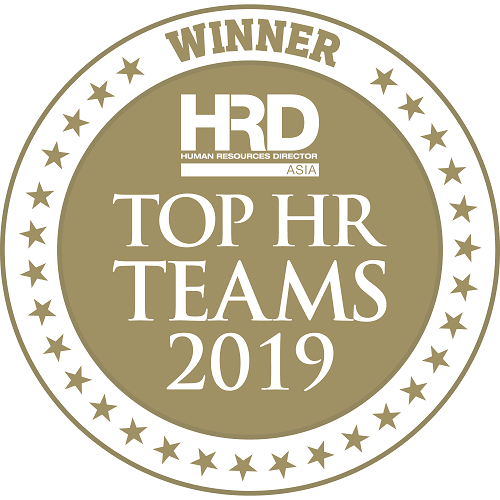.jpg)

Hewlett Packard Enterprise’s (HPE) APAC HR team is making an impact in three key areas: employee engagement, diversity & inclusion (D&I) and work-life balance.
Employee engagement can be defined as curating a phenomenal “HPE experience”. Regionally, HPE has initiatives such as Employee Appreciation Day, Global Day of Service and Wellness Challenge. Most initiatives are driven at the country level.
For the Employee Appreciation Day, local HR leaders host networking sessions and encourage employees to recognise their colleagues through an internal recognition portal.
Global Day of Service involves employees doing volunteer work, regardless of their position or role at the company. For every hour of volunteering, an employee is awarded US$5 to donate to a charitable organization of choice in the HPE Gives portal.
As for the Wellness Challenge, employees are encouraged to form teams across the region and engage in friendly competition – this aims to encourage employees to make small changes towards a healthier lifestyle. HPE also has an Employee Assistance Program that provides staff and their immediate family members’ mental health support in the form of phone or face-to-face sessions.
In terms of D&I, HPE’s team is focused on all aspects of diversity. For gender diversity, the team has initiatives such as Employee Resource Groups in the form of Women’s Network (WN) and Young Employee Network (YEN) – both are employee-led. The team also has a Diversity Hiring Playbook to encourage leaders to adopt inclusive practices.
For LGBTQ inclusion, HPE Taiwan is one of 14 companies committed to supporting same-sex marriage in Taiwan, while also providing support to employees through the LGBT (Pride Group).
HPE is also a strong advocate of work-life balance. In 2019, HPE launched the industry-leading “Work that Fits your Life” program, designed to enrich employees’ well-being. Flexible work arrangements is also offered to ensure employees perform optimally.
Additionally, the company has standardised regionally 24 weeks of parental leave, regardless of the gender of the employee. There is also a 36-month parental transition period, where employees can take part-time roles to dedicate more time to care-giving.

